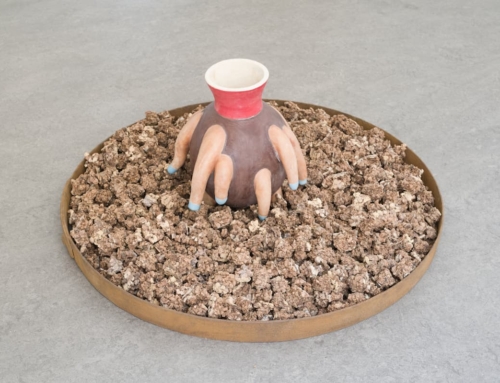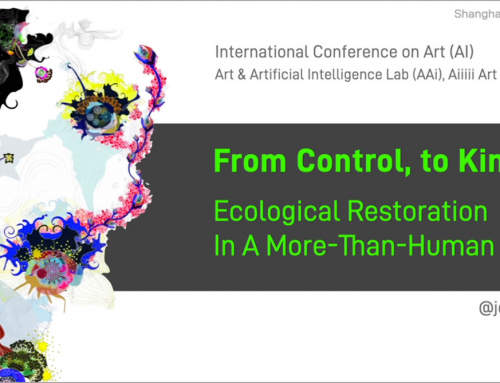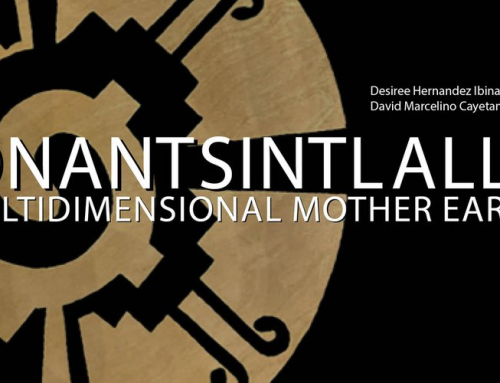When the Dutch word for urban planning, “planologie’, was first used in 1929, its literal meaning was ‘the study of surfaces’. Planners today work in a more multi-dimensional context – one that Luuk Boelens describes as ‘a motley assemblage of multiple times and spatial realities’. Urban planning is doomed to fail, says Boelens, when it persists in treating cities as stable units consisting of a centre, a periphery, and around it a rural area where ‘spatiousness and peacefulness are the predominant chacteristics’. That may have been true when there were just 68,000 cars in the country, says Boelens, but such an approach makes little sense when there are seven million vehicles and the whole country is conceived as a logistics hub. Boelens is so committed to a multidimensional approach to planning that he wanted to be called a Professor of Fluviology, and to play ‘Route 66’ at his inauguration. But even the world’s most planned culture was unwilling to countenance that much change in one go. The lecture (pdf) is available here




